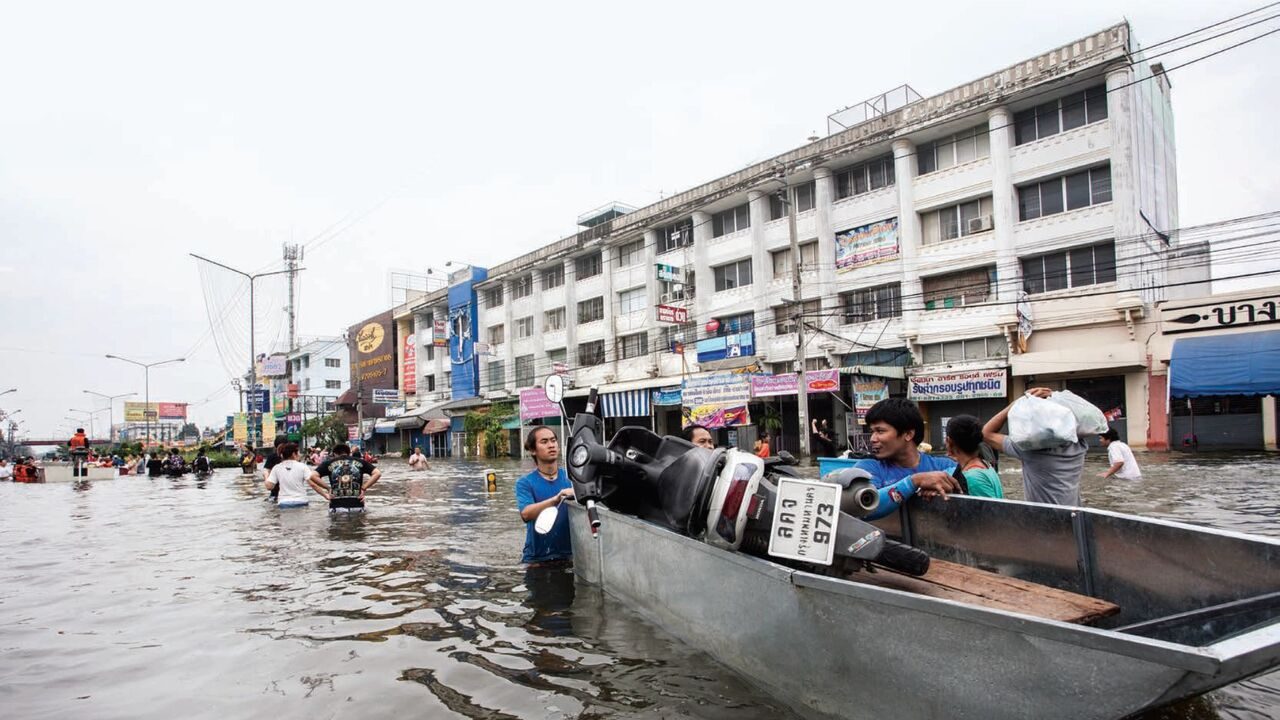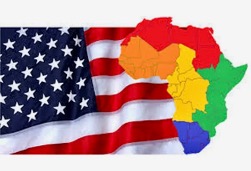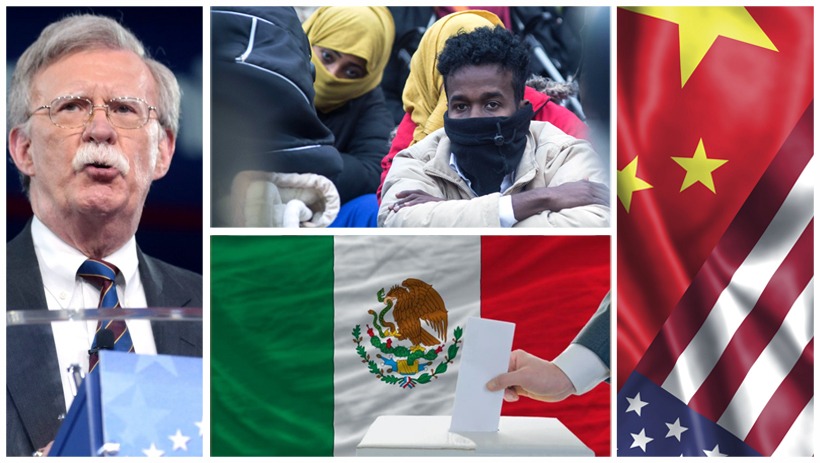Delay is no longer possible.
Delay is no longer possible.
By Mehmet Enes Beşer
Climate change is no longer a danger to Southeast Asia that may occur—climate change is everyday reality that humans are having trouble adjusting to. From rising oceans that menace coastal towns to the intense weather patterns annihilating food systems and livelihoods, the region is leading the charge on the climate crisis. ASEAN policymakers have begun to act, but conventional wisdom has too often had mitigation alone in mind—emissions reductions and a transition to clean energy. Necessary as that is, it is not enough. Southeast Asia must make climate resilience—a dual focus on adaptation and mitigation—the centerpiece of its development paradigm if it is to survive and thrive in an increasing climate uncertainty. Resilience is not a fad; it is a necessity.
The exposure of the region to climate risk is determined by regional geography and economic structure. The Philippines, Vietnam, Indonesia, and Thailand are getting progressively more exposed to typhoons, floods, droughts, and saltwater intrusion. These shocks also overlap with rising urbanization, infrastructure lag, and socio-economic disparities, which again diverge vulnerabilities in all directions. And in the midst of all this, Southeast Asia’s newly industrialized economies are battling to achieve visionary development targets—targets that are beyond reach should today’s costs of climate deprivation rob them of productivity, food security, and health gains. Adaptation, a second-order climate policy requirement until now, must take on an entirely new order of precedence today. These involve the reinforcement of coastal defenses and water infrastructure, investment in climate-resilient agriculture, and the reinforcement of health systems for prevention of heat illness and vector-borne diseases. It also involves replanning urban planning in flood-prone megacities like Jakarta, Manila, and Bangkok, where the climate effect is sure to increase by manyfold.
Most importantly, though, this transition must be carefully managed, as compared to its being a process of reaction.
This requires climate policy to move from crisis management to long-term risk reduction, driven by information and modeling systems that allow governments to prepare, anticipate, and act before the impacts occur. National adaptation plans must be adapted to exposures at local levels and based on robust institutional foundations. Resilience will also require new governance arrangements that facilitate action across ministries, central and local government, and non-state actors. Southeast Asia’s response will also have to be multisectoral.
Climate adaptation is not the exclusive domain of environment ministries. It must be mainstreamed into finance, trade, agriculture, transport, education, and energy planning. For instance, digital technology can be employed to expand climate early warning systems, and green financial products can help smallholder farmers to transition to drought-resistant crops. Climate-resilient infrastructure must become the new business-as-usual for all public investments. Resilience will be patchy and insufficient in the absence of such mainstreaming. Of course, mitigation cannot wait.
Southeast Asian greenhouse gas emissions are intensifying, driven by energy demand, land use and land-use change, and industrialization. Decarbonization of its development path must be achieved by the region through the phase-down of coal, speeding up the roll-out of renewables, and halting deforestation. It will not, however, prevent the region from experiencing climate extremes already “baked in” by emissions accumulated in the past. This is why adaptation priority must be as large, if not larger, than for mitigation. Finance remains the biggest hindrance to scaling up resilience. Flows so far to adaptation are too limited, with a very strong skew towards mitigation.
Global and regional systems must have a priority for mobilizing blended finance, climate bonds, and concessional finance into adaptation activities. The private sector must also be mobilized—not only as a source of finance, but also as an innovation partner, especially in agtech, insurtech, and climate-resilient infrastructure. Climate resilience should no longer be framed as an expense, but an investment in the stability of the future. Inclusivity and trust are also on the priority list. Climate impacts poorest and most marginalized people—indigenous communities, rural women, urban poor—but they do not have a chance to join the planning. Social infrastructure is just as crucial as physical infrastructure when developing resilience. Participatory governance, adaptation approaches at the community level, and resource access on a level playing field must be embedded at all levels of climate policy.
Conclusion
Its future climate balances on whether it will make resilience a living fact and not a rhetorical hope. It is not an engineering problem—it is a revolution in economics and politics that requires leadership, coordination, and vision. Adaptation and mitigation are not rival strategies; they are two sides of the survival coin.
Driven by strategic planning based on data, innovation, and inclusive finance, climate resilience can drive a sustainable, secure, and equitable Southeast Asia. Delay is no longer possible. The cost of inaction will not be reasonably shared—but it will be shared en masse.

















Leave a Reply